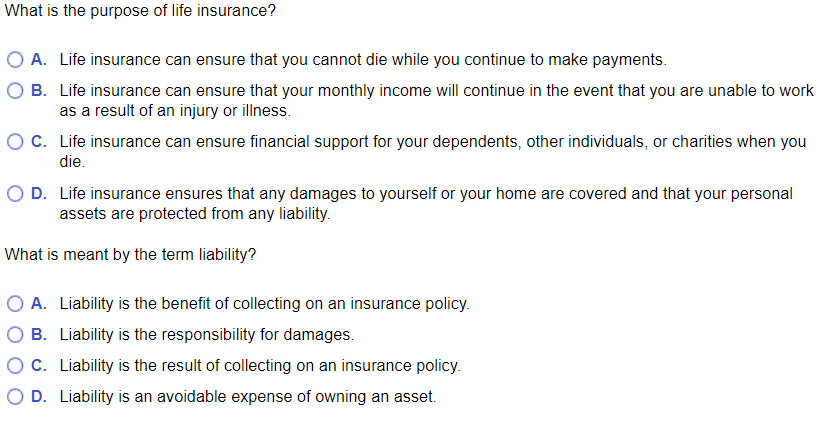The 10-Minute Rule for Pacific Prime
Little Known Questions About Pacific Prime.
Table of ContentsAn Unbiased View of Pacific PrimeThe Facts About Pacific Prime UncoveredPacific Prime Fundamentals ExplainedPacific Prime Things To Know Before You BuyThe smart Trick of Pacific Prime That Nobody is Discussing

This is due to the fact that the data were gathered for a duration of solid economic efficiency. Of the approximated 42 million individuals who were uninsured, just about about 420,000 (regarding 1 percent) were under 65 years old, the age at which most Americans become eligible for Medicare; 32 million were grownups in between ages 18 and 65, about 19 percent of all adults in this age; and 10 million were youngsters under 18 years of age, regarding 13.9 percent of all youngsters (Mills, 2000).
These estimates of the number of individuals without insurance are created from the annual March Supplement to the Present Populace Study (CPS), conducted by the Census Bureau. Unless or else kept in mind, nationwide estimates of people without health and wellness insurance policy and percentages of the populace with different kinds of protection are based on the CPS, the most commonly made use of resource of price quotes of insurance policy coverage and uninsurance prices.
Pacific Prime for Dummies

Still, the CPS is specifically valuable since it creates annual price quotes fairly swiftly, reporting the previous year's insurance protection approximates each September, and since it is the basis for a consistent collection of quotes for greater than two decades, permitting for evaluation of patterns in coverage with time. For these factors, in addition to the considerable use of the CPS in other researches of insurance policy coverage that exist in this report, we rely upon CPS quotes, with limitations kept in mind.

The quote of the variety of uninsured individuals expands when a populace's insurance standing is tracked for several years. Over a three-year duration starting early in 1993, 72 million people, 29 percent of the U.S. https://allmyfaves.com/pacificpr1me?tab=pacificpr1me. populace, were without insurance coverage for at the very least one month. Within a single year (1994 ), 53 million individuals experienced a minimum of a month without insurance coverage (Bennefield, 1998a)
Six out of every ten without insurance adults are themselves used. Although working does boost the possibility that one and one's member of the family will certainly have insurance coverage, it is not a guarantee. Even members of family members with two permanent wage earners have virtually a one-in-ten chance of being without insurance (9.1 percent uninsured rate) (Hoffman and Pohl, 2000).
The Main Principles Of Pacific Prime
New immigrants account for a considerable percentage of individuals without medical insurance. One analysis has connected a significant portion of the recent growth in the size of the united state without insurance populace to immigrants that arrived in the country between 1994 and 1998 (Camarota and Edwards, 2000). Recent immigrants (those who concerned the United States within the previous 4 years) do have a high price of being without insurance (46 percent), yet they and their children account for just 6 percent of those without insurance coverage country wide (Holahan et al., 2001).
The partnership between health insurance coverage and accessibility to care is well developed, as documented later why not check here in this phase. The relationship in between wellness insurance coverage and health outcomes is neither straight neither basic, a substantial medical and health solutions research study literature web links health and wellness insurance protection to improved accessibility to care, much better quality, and boosted individual and population wellness condition.
Degrees of analysis for checking out the effects of uninsurance. It concentrates especially on those without any type of wellness insurance coverage for any kind of length of time.
What Does Pacific Prime Do?
The problems encountered by the underinsured are in some areas similar to those encountered by the without insurance, although they are typically much less serious. Health insurance, nevertheless, is neither necessary neither sufficient to obtain accessibility to medical solutions. The independent and direct result of health and wellness insurance policy protection on access to wellness services is well developed.
Others will get the health and wellness treatment they need also without medical insurance, by paying for it expense or seeking it from suppliers who use care cost-free or at highly subsidized prices. For still others, health insurance coverage alone does not ensure receipt of treatment as a result of various other nonfinancial obstacles, such as a lack of wellness care suppliers in their community, restricted accessibility to transportation, illiteracy, or linguistic and social distinctions.
Indicators on Pacific Prime You Should Know
Formal research study regarding without insurance populaces in the USA dates to the late 1920s and very early 1930s when the Board on the Price of Medical Care produced a collection of records regarding funding medical professional workplace visits and hospitalizations. This problem ended up being prominent as the numbers of medically indigent climbed during the Great Anxiety.